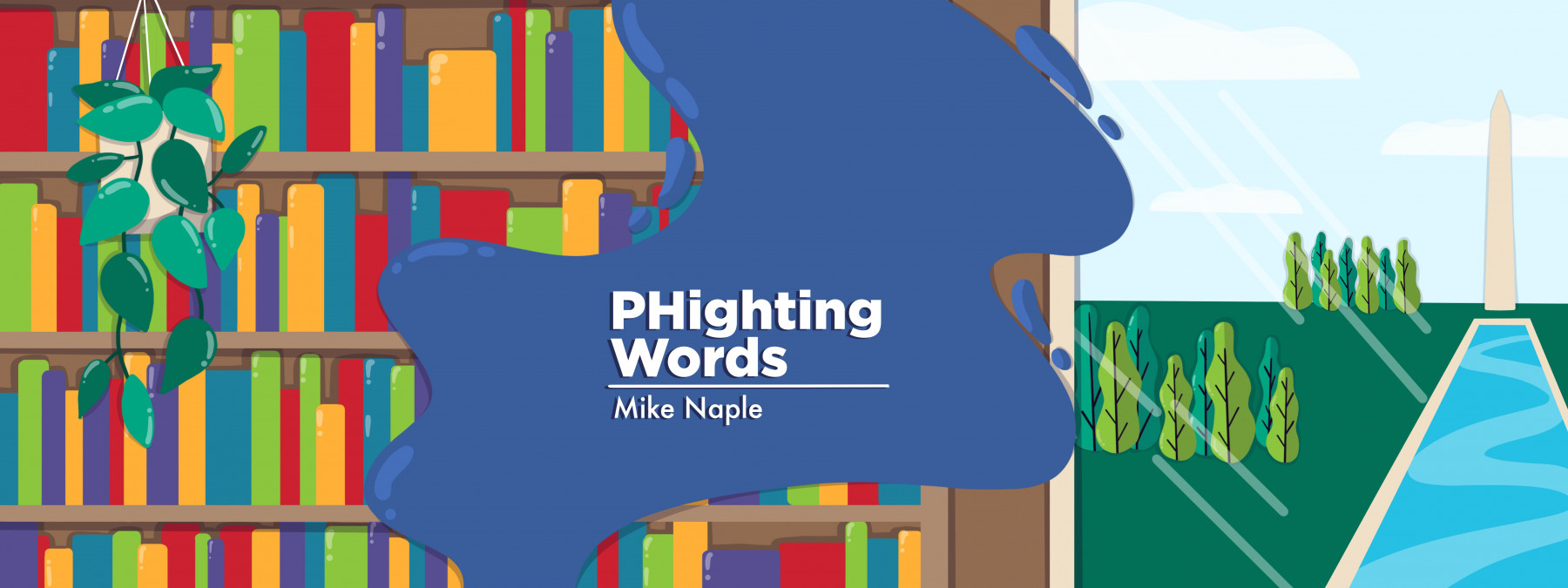A Yellow Raincoat That Helped Me Process Pandemic and PH Grief
These days, grief comes at us from many directions

A yellow raincoat hangs in an office window on the same floor as my office. The full-length coat with simple, black buttons looks as though its fibers have never absorbed a single drop of rain.
I first noticed it almost a year ago, when my company moved to a new building and I started to work in person a few days each week. Every day, as I stepped off the elevator and looked to my left, the coat would come into view.
After about a month of seeing it hanging there in a mostly empty office, I started to think about who owned it and how long it had gone unworn. Perhaps its owner was the office manager, as well as a parent or sibling; surely they were somebody’s person, somewhere. I wondered if the coat had been hanging there since early 2020, when the COVID-19 pandemic moved workers from cubicles to couches. I hoped its owner was still around to one day retrieve it.
Eventually, I came to see that yellow raincoat as an artifact of the early years of the pandemic, a symbol of grief about what once was but may never be again.
There are countless reasons many of us might struggle with grief brought on by the pandemic; among them, the loss of life, the relatives and friends who are no longer with us, the lost time, the ongoing health challenges. Most of us have experienced grief in the last three years, and we probably continue to grieve in some form. On a broader scale, I continue to grieve the monumental loss of human life, as COVID-19 has claimed more than a million lives in the U.S. alone. I grieve for my family and friends who have lost loved ones, and for those experiencing symptoms of long COVID-19, who must now try to adjust to a new reality.
Because I have pulmonary hypertension (PH), a chronic and rare disease that affects the heart and lungs, I was extremely cautious to reduce the risk of becoming ill with COVID-19. During the first year and a half of the pandemic, I didn’t venture far beyond the front stoop of my apartment. I didn’t step inside a grocery store for over a year. While cabin fever was overwhelming at times, I knew it was necessary to protect my health.
In grieving that lost time and the experiences I might have had, I realized that I was also grieving my PH diagnosis because of what it took from me and how it changed my life over the past six years. The hospitalizations and the medication side effects, the shortness of breath when climbing stairs, the time spent on hold on the phone — all of it is because I must manage this disease.
I also hate grieving who I once was and will never be again. Not even Cher, in all her glory, could turn back time.
I had to process grief again after having COVID-19 earlier this year. To do that, I turned to what I knew: books. I read Joan Didion’s “The Year of Magical Thinking,” an exploration of her attempts to manage her own grief. Didion wrote, “Grief is different. Grief has no distance. Grief comes in waves, paroxysms, sudden apprehensions that weaken the knees and blind the eyes and obliterate the dailiness of life.” Reading her words provided me a place where I could externalize my own feelings of grief and put them somewhere.
As many of us continue to assess our own level of risk before venturing out into a world where the pandemic persists, our perceptions of grief will likely factor into the calculation. Research suggests that grief could be a long-term consequence of the pandemic. Mental health experts added prolonged grief disorder to the latest edition of the “Diagnostic and Statistical Manual of Mental Disorders” earlier this year.
I saw that yellow raincoat again the other day, lingering quietly in my peripheral vision. For me, it’s a reminder to never let my grief — from chronic illness, the pandemic, and the suffering of others — go unacknowledged.
Follow Mike on Twitter: @mnaple.
Note: Pulmonary Hypertension News is strictly a news and information website about the disease. It does not provide medical advice, diagnosis, or treatment. This content is not intended to be a substitute for professional medical advice, diagnosis, or treatment. Always seek the advice of your physician or other qualified health provider with any questions you may have regarding a medical condition. Never disregard professional medical advice or delay in seeking it because of something you have read on this website. The opinions expressed in this column are not those of Pulmonary Hypertension News or its parent company, Bionews, and are intended to spark discussion about issues pertaining to pulmonary hypertension.









Leave a comment
Fill in the required fields to post. Your email address will not be published.